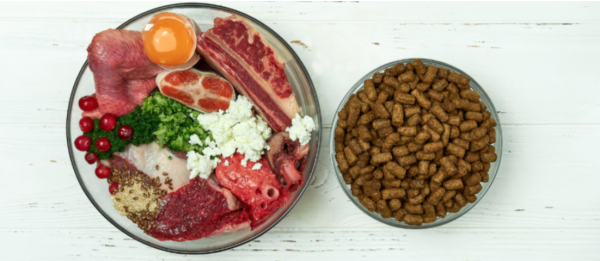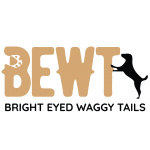Free shipping within Australia for online orders over $150.

Introduction
As a dog owner, I’ve always been passionate about providing the best nutrition for my furry friend. Even before I adopted my puppy, Alana, I had been researching pet food for a couple of years and decided to explore raw feeding as an alternative to commercial dog food. In this blog post, I’ll share my experience and insights into feeding her a raw diet.
What is Raw Feeding?
Raw feeding, also known as the “BARF” diet (Biologically Appropriate Raw Food), is a popular feeding approach for dogs. It involves providing dogs with a diet that closely resembles what their wild ancestors would have eaten
Why Raw Feeding?
Before bringing Alana home, I researched various feeding options and as first priority, I educated myself on what the ingredient list on the pet food package really means. My key takeaways were:
The first four ingredients should always be real food and comprise of real meat. Almost all dry commercial pet food, the meat is followed by “meal”, for example: chicken meal, lamb meal. Meal is not real meat. As opposed to whole meat, meat meal is the dehydrated, concentrated version, created through a process called rendering
The pet food is full of synthetic vitamins. In pet food, synthetic vitamins and minerals serve as replacements for naturally occurring nutrients. This is due to the fact that the input ingredients in the food have been ultra processed and have lost all natural vitamins and minerals.
The food was full of fillers and carbohydrates. Dogs have no requirement of carbohydrates and a high amount leads to allergies due to increate in yeast.
On the basis of the above, I decided to go down the BARF way. Raw feeding appealed to me for several reasons:
Natural Diet: Dogs are carnivores, and their ancestors survived on raw meat, bones, and organs. Raw feeding mimics their natural diet.
Health Benefits: Advocates claim that raw diets lead to healthier coats, improved digestion, and increased energy. I have witnessed this first-hand. Alana, has very high level of energy and is a very active and bouncy puppy.
Control Over Ingredients: I liked the idea of knowing exactly what Alana is eating.
Transitioning to Raw
When I brought Alana home, I started her on freeze dried food first and immediately stopped the kibble that was being fed to her by the breeder. Since she was just 9 weeks old, the transition was pretty smooth with no stomach issues.
As she continued to thrive on that, I researched pre-made commercial raw options because I was not confident in creating a fully balanced raw meal for her. She was then transitioned from freeze dried food to pre-made commercial raw food.
Meanwhile, I decided to further educate myself and had a consultation with a canine nutritionist to understand the ins and outs of balancing raw food. Once I grew in confidence and understanding, I transitioned to DIY raw food. As variety is key in life, I rotate between pre-made commercial, DIY raw and freeze dried food.
Conclusion
Feeding Alana a raw diet has been rewarding. Her overall health, shiny coat, and boundless energy are testaments to the benefits. However, it’s essential to research, consult professionals, and tailor the diet to your dog’s needs.
Remember, every dog is unique. What worked for my puppy may not work for all puppies. If you’re considering raw feeding, consult a canine nutrionist and enjoy the journey of providing wholesome meals for your furry companion! 🐾
Disclaimer: This blog post reflects my personal experience. Always consult with a veterinarian before making significant dietary changes for your puppy.
Please provide as much detail as possible so we can offer the best advice.

At Bright Eyed Waggy Tails, my mission is to offer and educate the community about benefits of looking after their dog’s nutrition.
For Product Enquiries
info@brighteyedwaggytails.com.au
©2024 Bright Eyed Waggy Tails Pty Ltd. | Privacy Policy | Powered by Blitzo